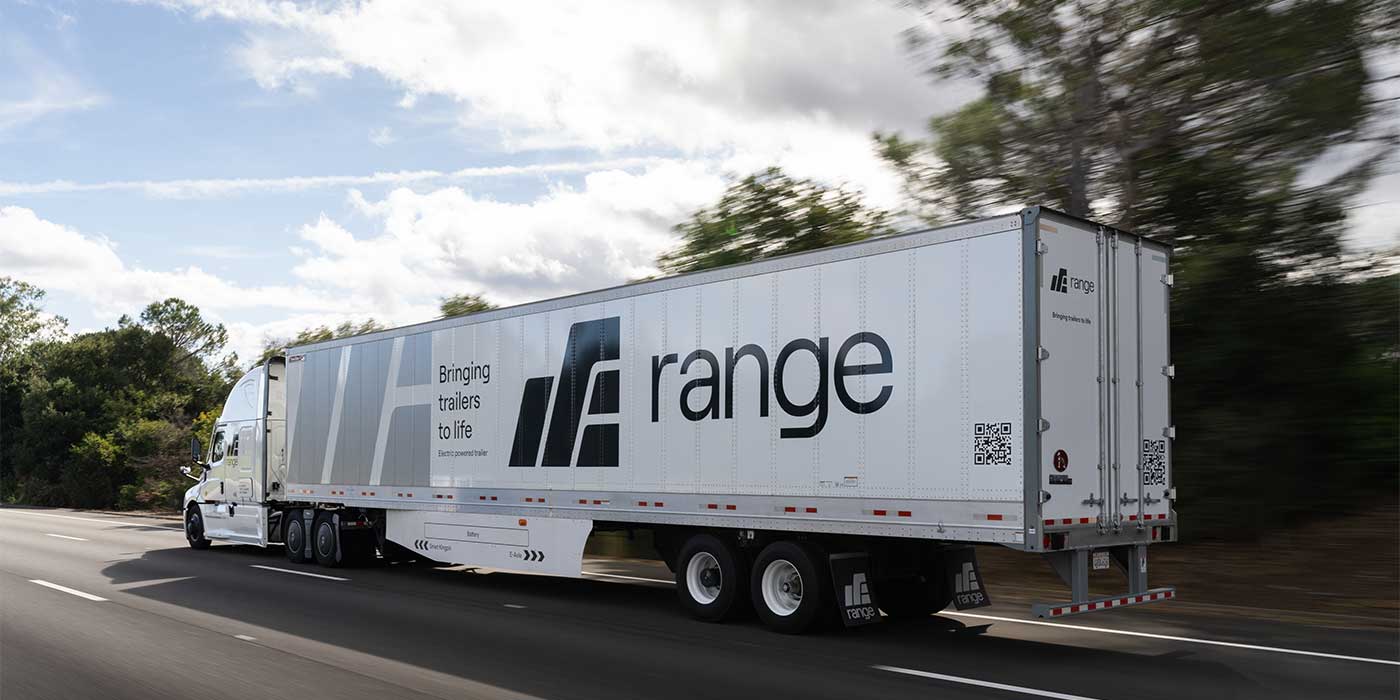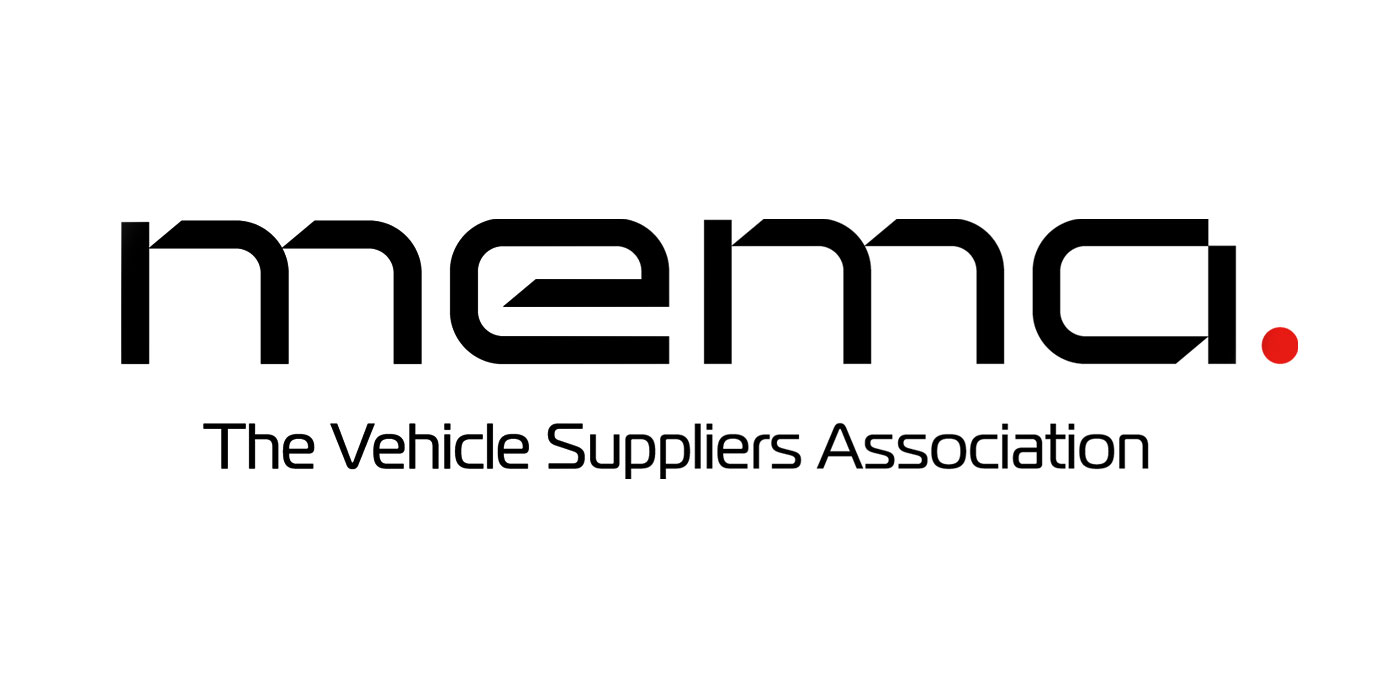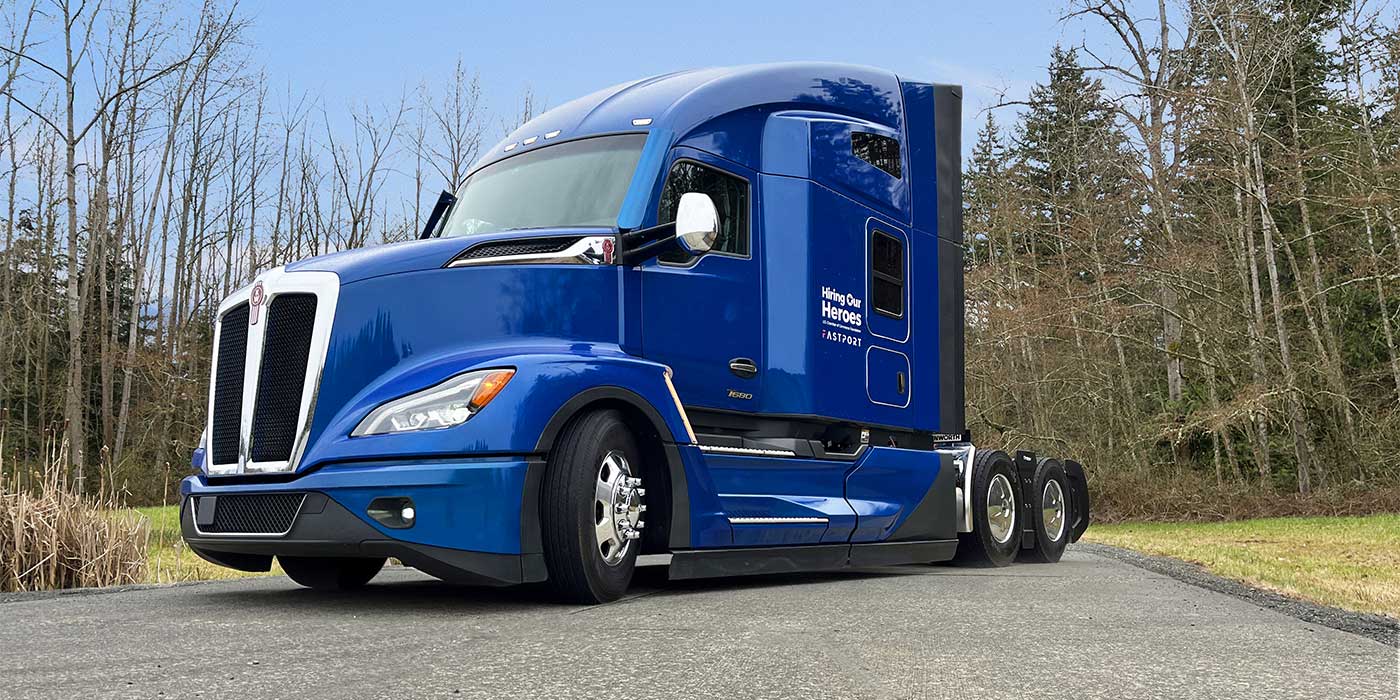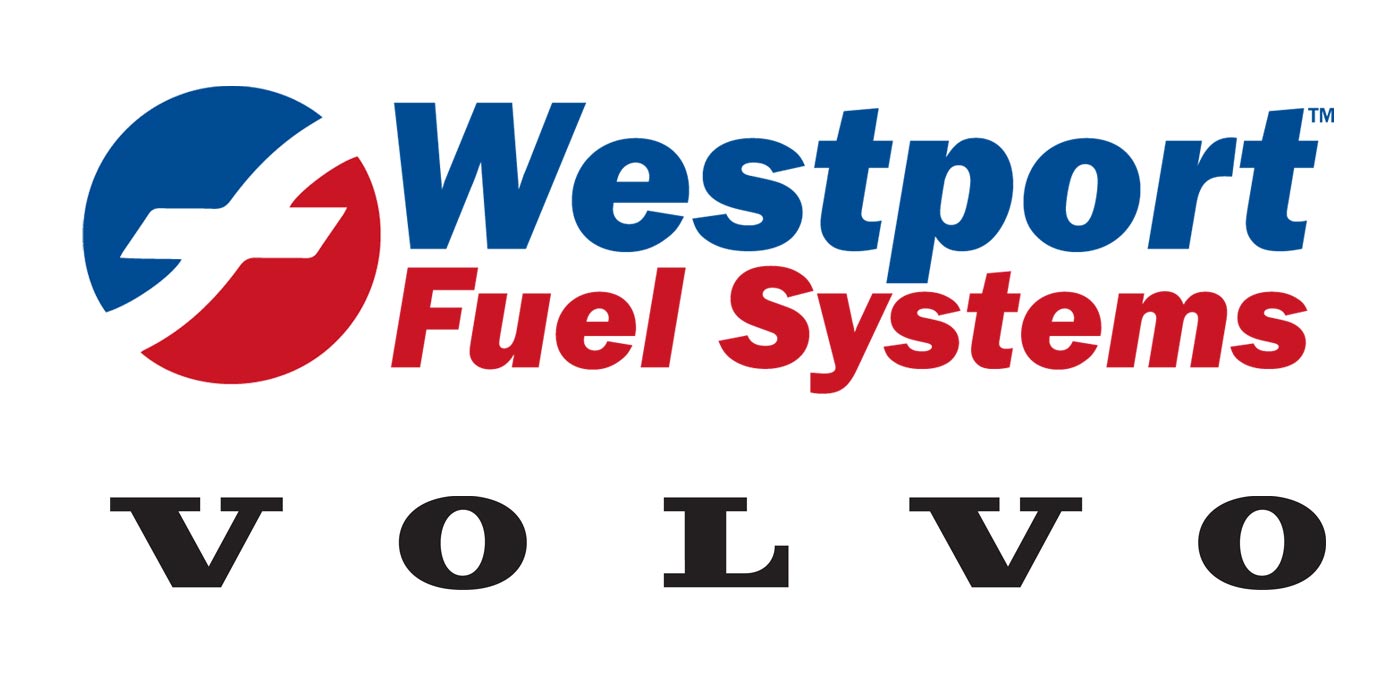The latest release of ACT’s For-Hire Trucking Index, showed volume and pricing down, with capacity still on the high side, resulting in a lower Supply-Demand Balance in June.
“The reading shows volumes continuing to contract, as sustained inflation and high fuel prices erode consumer confidence,” said Carter Vieth, research associate, ACT Research. “Substitution effects are an important factor weighing down freight volumes, as consumers choose travel instead of goods spending. For context, hotel occupancy this summer matched its 20-year average. The shift in monetary policy toward the higher interest rates needed to combat inflation is also contributing to the slowdown.
“Pricing strength continues to moderate from January’s peak, as volumes fall and more drivers enter the industry,” he continued. “The Omicron roll-off and Russia’s invasion of Ukraine helped hasten the decrease by adding significantly to freight costs via fuel, hurting spot rates, even as consumer spending began reverting to services from goods.”
The ACT For-Hire Trucking Index is a monthly survey of for-hire trucking service providers. ACT Research converts responses into diffusion indexes, where the neutral or flat activity level is 50. The ACT Freight Forecast provides forecasts for spot truckload rates by trailer type for four to six quarters and truck volumes and contract rates for three years for the truckload, less-than-truckload and intermodal segments of the transportation industry.
Regarding driver availability, Vieth said, “This is the first reading above 50 in two years, the 8th highest reading in the index’s history and well above the 39.1 average in the 4-year history of this index.” He added, “The Supply-Demand Balance reflects loosening in the trucking market and a late stage in the freight cycle. With improving capacity and slowing freight volumes, the pendulum has finally swung from tight to loose. Recent entrants reliant on spot rates will struggle, and their exit will set up the next tight market.”














